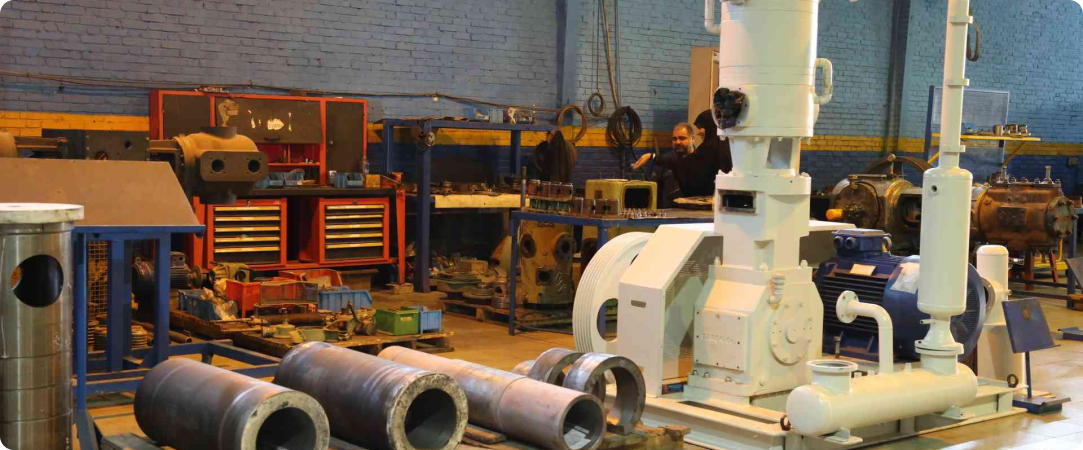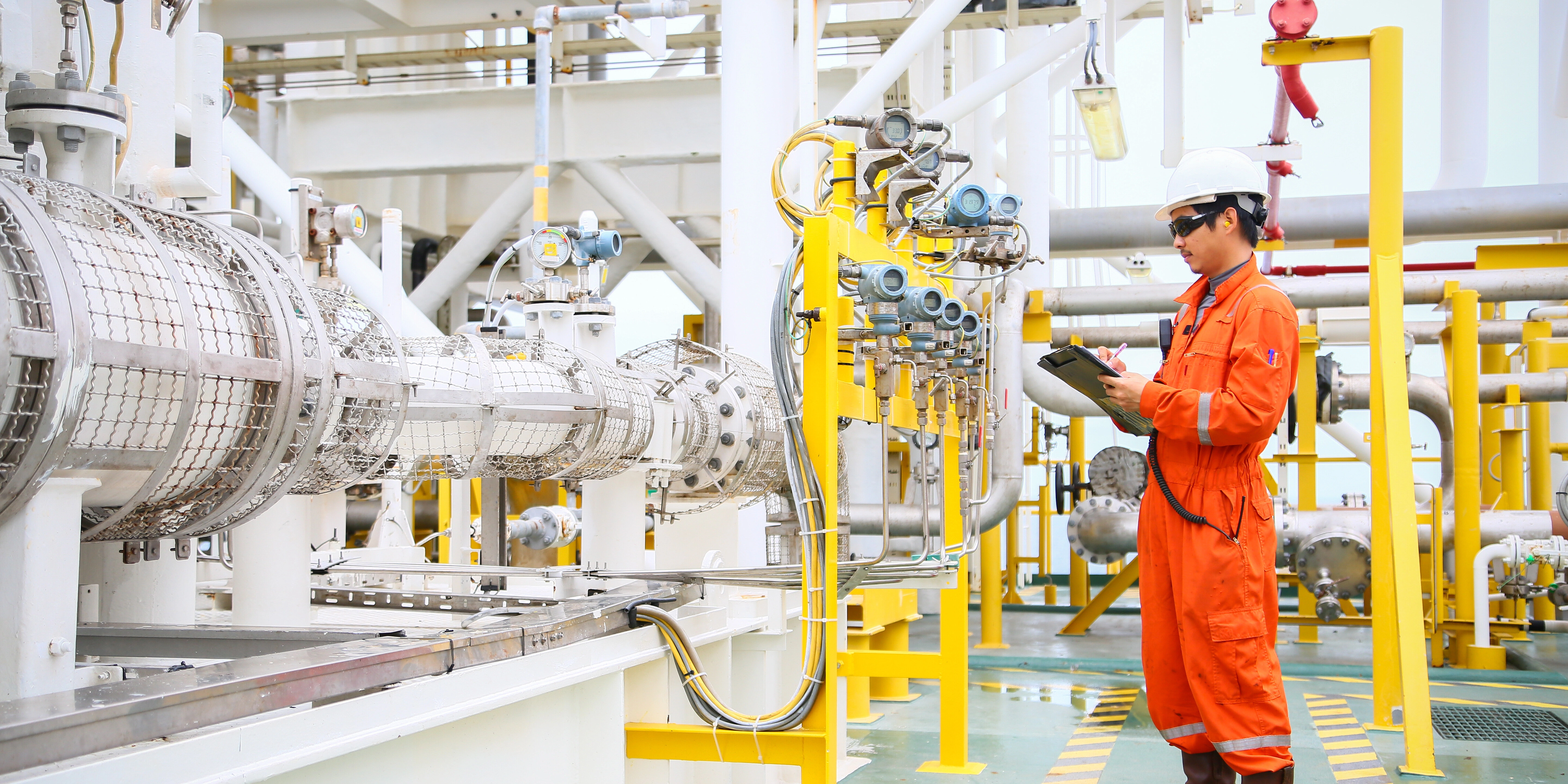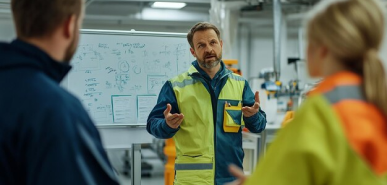
Compressor bore/stroke
On the other hand, the stroke is the distance the piston travels inside the cylinder from top dead center (TDC) to bottom dead center (BDC). A longer stroke means the piston covers a greater distance, allowing for a larger volume of air to be compressed with each stroke.
The combination of bore and stroke affects the compressor's displacement, which is the volume of air that the compressor can move with each complete revolution of the crankshaft. Displacement is calculated by using the formula: Displacement = (π/4) * bore^2 * stroke * number of cylinders.
The relationship between bore and stroke impacts the compressor's performance, efficiency, and torque characteristics. Different bore-to-stroke ratios can lead to variations in power delivery, efficiency, and the operational range of the compressor.
In summary, the bore and stroke sizes of a compressor play crucial roles in determining its capacity, efficiency, and performance by affecting the volume of air compressed per stroke and the overall design of the compressor.
Last posts

Compressor gas analysis operating
during operation involves monitoring and analyzing the composition of the gas being compressed. This is crucial for various reasons, including efficiency, safety, and environmental considerations. Here's a brief overview:

cylinders in a Compressor
The cylinder of a compressor is a crucial component responsible for the compression of gas within the compressor. Compressor cylinders are pressure vessels designed to contain the gas during the compression cycle In reciprocating compressors, the compressing and displacing element is a piston that moves back and forth within the cylinder, creating the compression action

compressor air package
a compressor air package typically refers to a system that includes a compressor along with various components like tanks, dryers, filters, and controls An air compressor package compresses and stores atmospheric air. It takes in ambient air, compresses it, removes moisture and contaminants, and stores the compressed air for various applications where clean or compressed air is needed, like operating pneumatic tools, powering machinery, or supplying air for certain industrial processes.
Most viewed posts

Compressor capacity
Compressor capacity refers to the ability of a compressor to handle and process a certain volume of gas or vapor within a specified time frame. It is typically measured in terms of volume flow rate and is commonly expressed in units such as cubic feet per minute (CFM) or cubic meters per hour.

COMPRESSOR operating conditions
The operating conditions of a compressor refer to the specific parameters and conditions under which the compressor operates effectively. These conditions can vary depending on the type of compressor and the intended application.

cylinders in a Compressor
The cylinder of a compressor is a crucial component responsible for the compression of gas within the compressor. Compressor cylinders are pressure vessels designed to contain the gas during the compression cycle In reciprocating compressors, the compressing and displacing element is a piston that moves back and forth within the cylinder, creating the compression action

